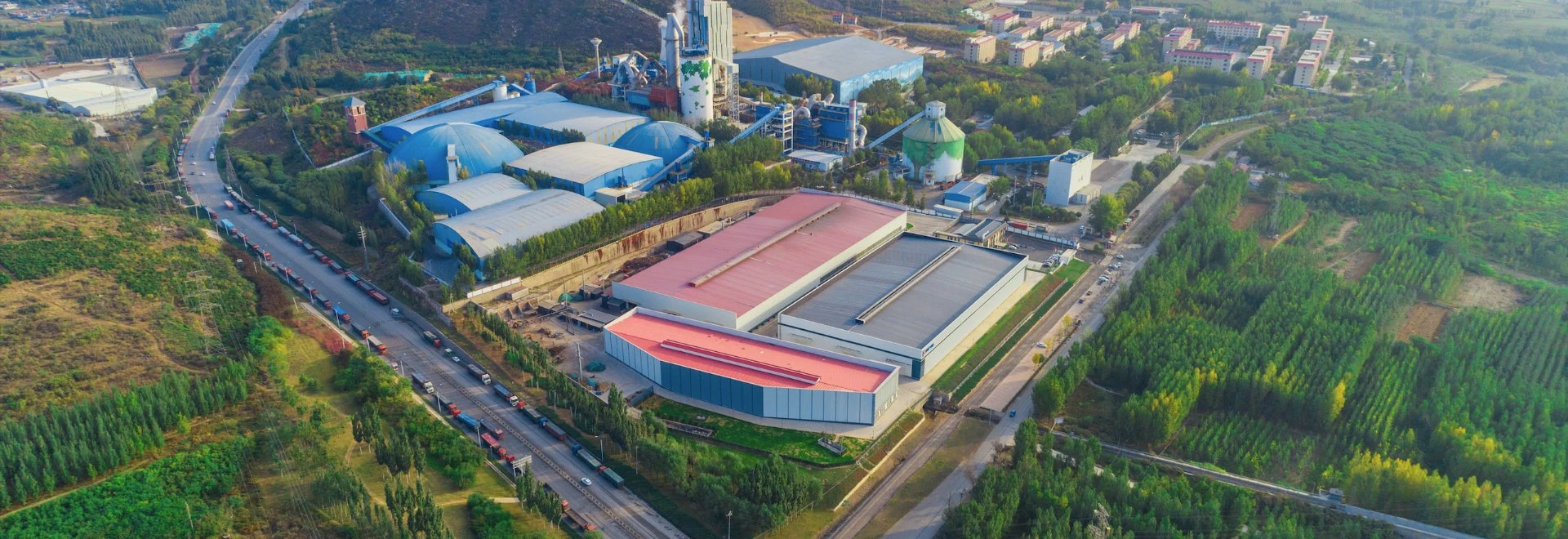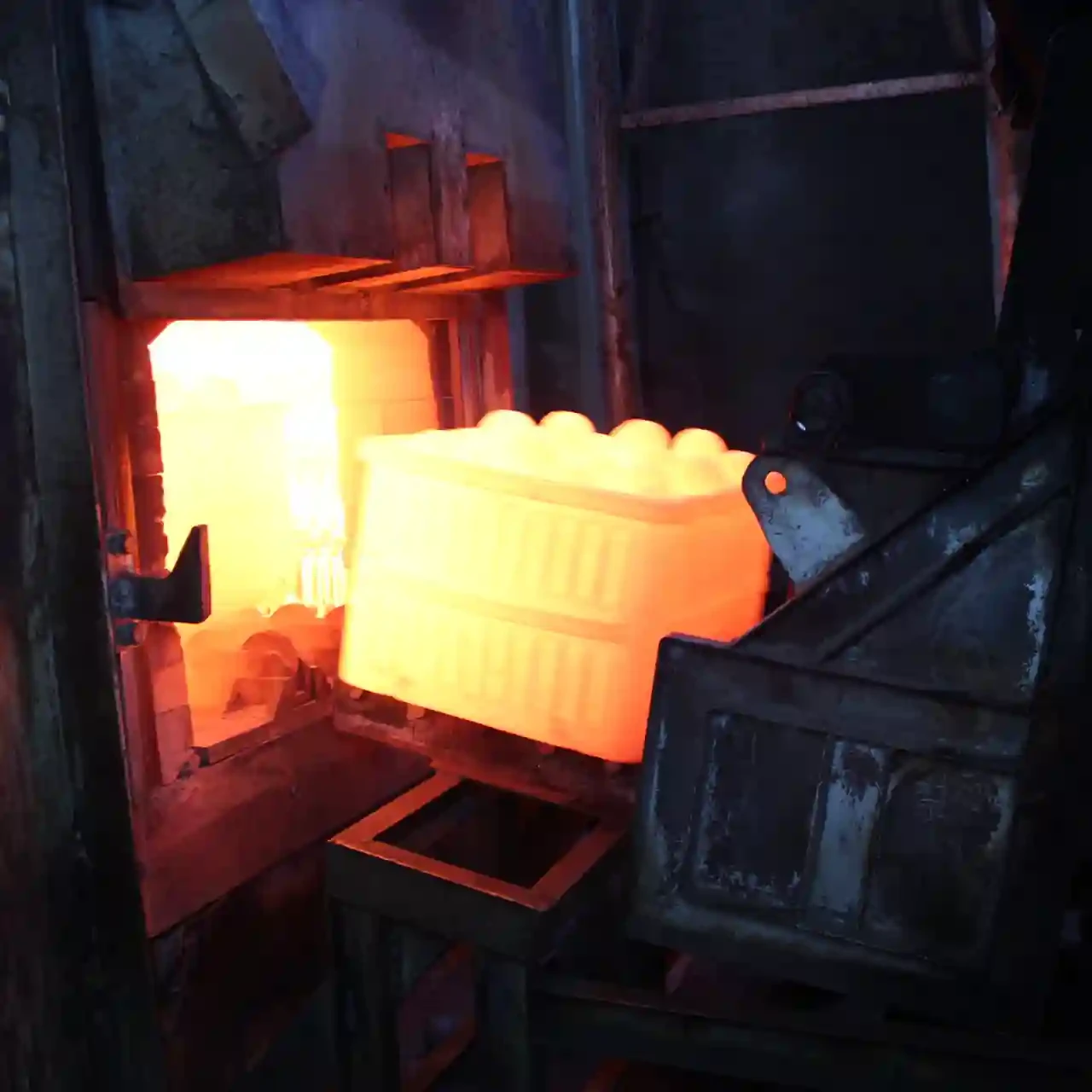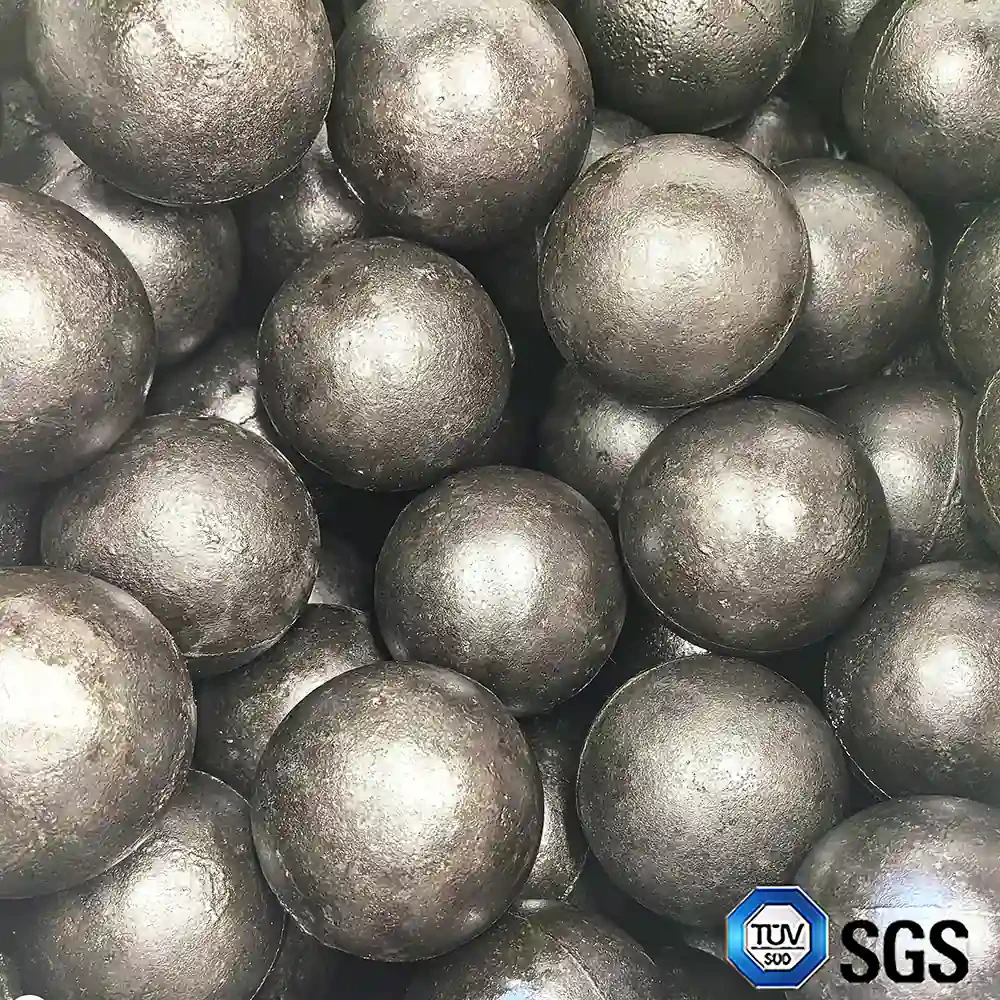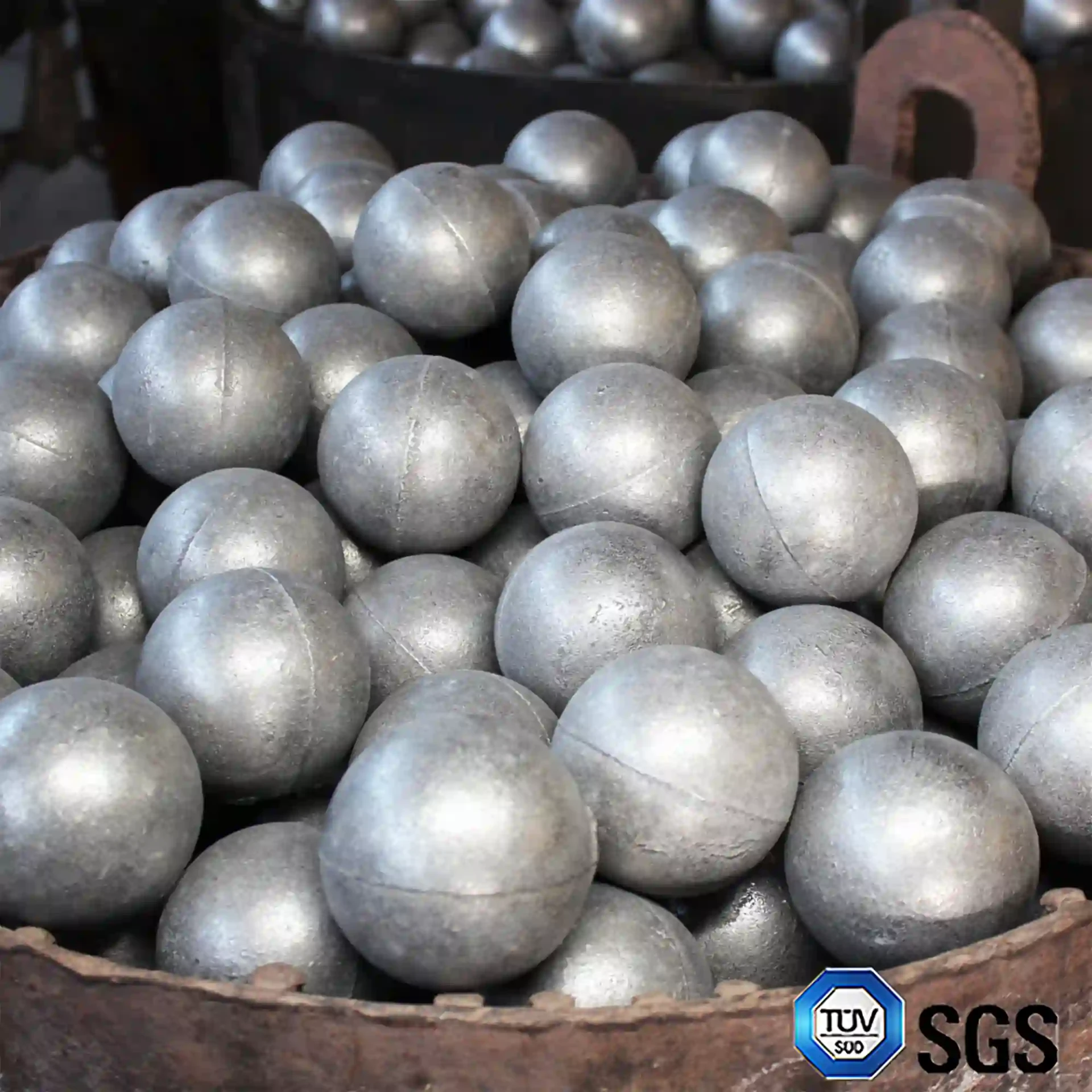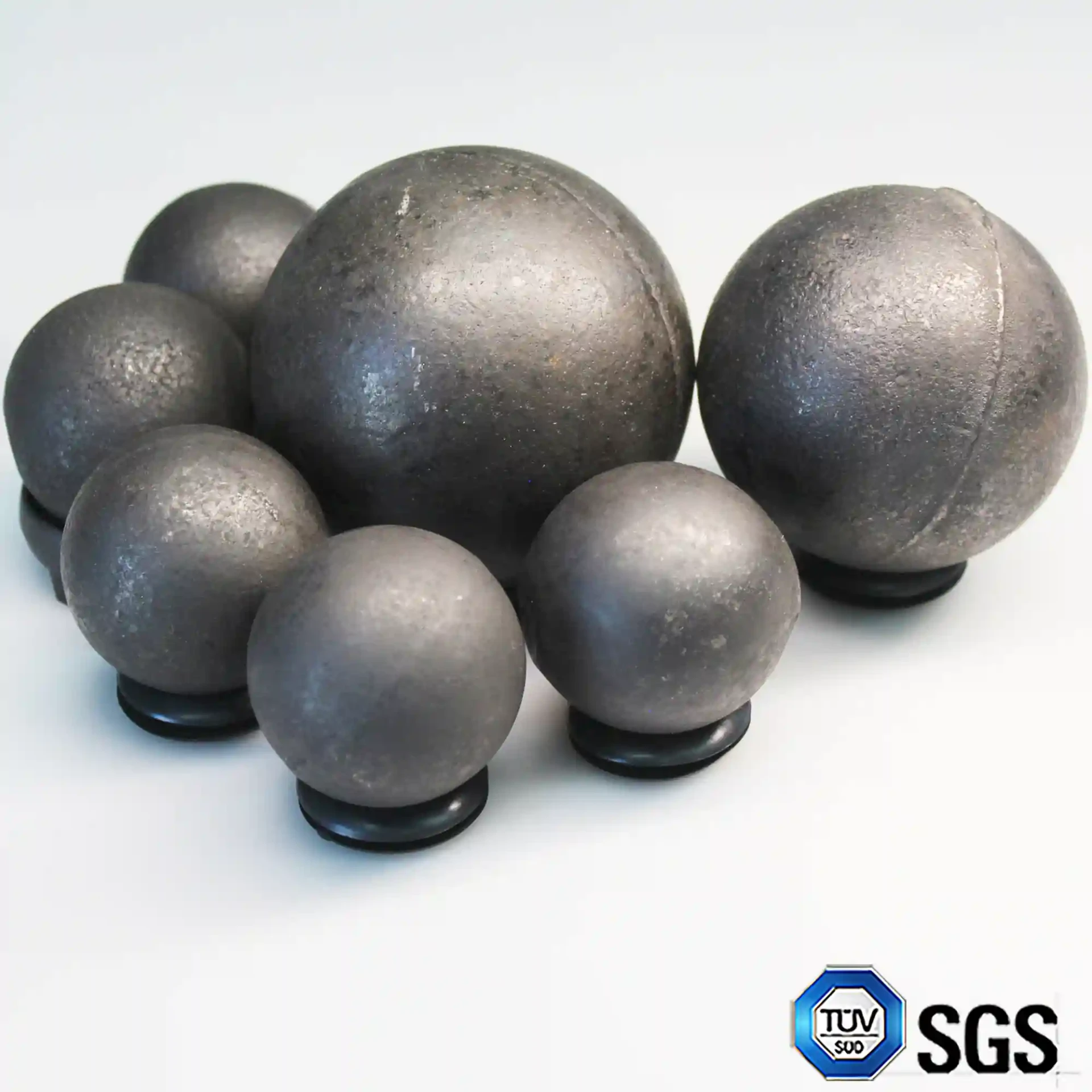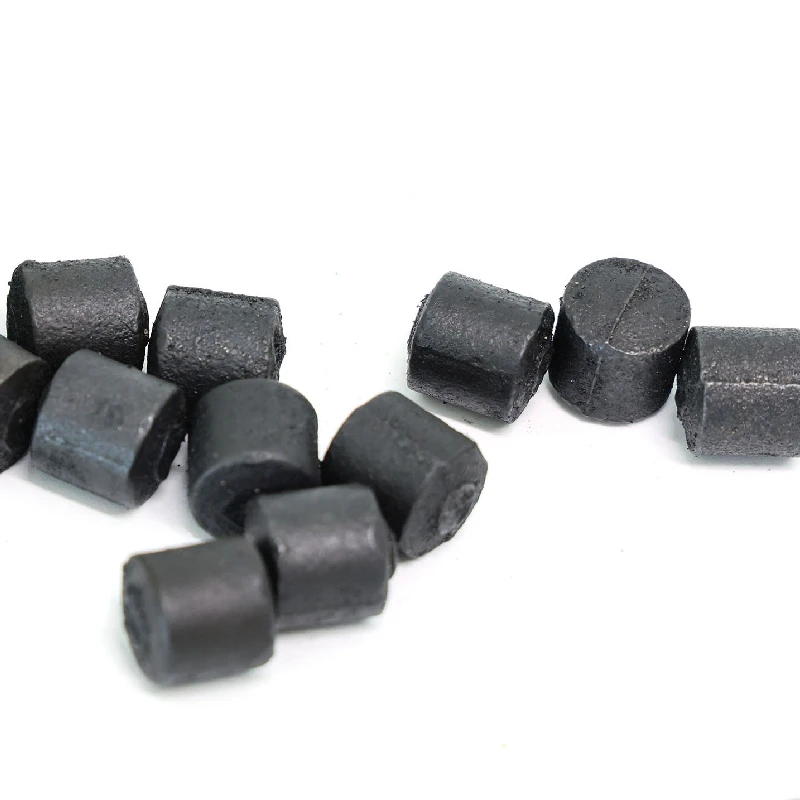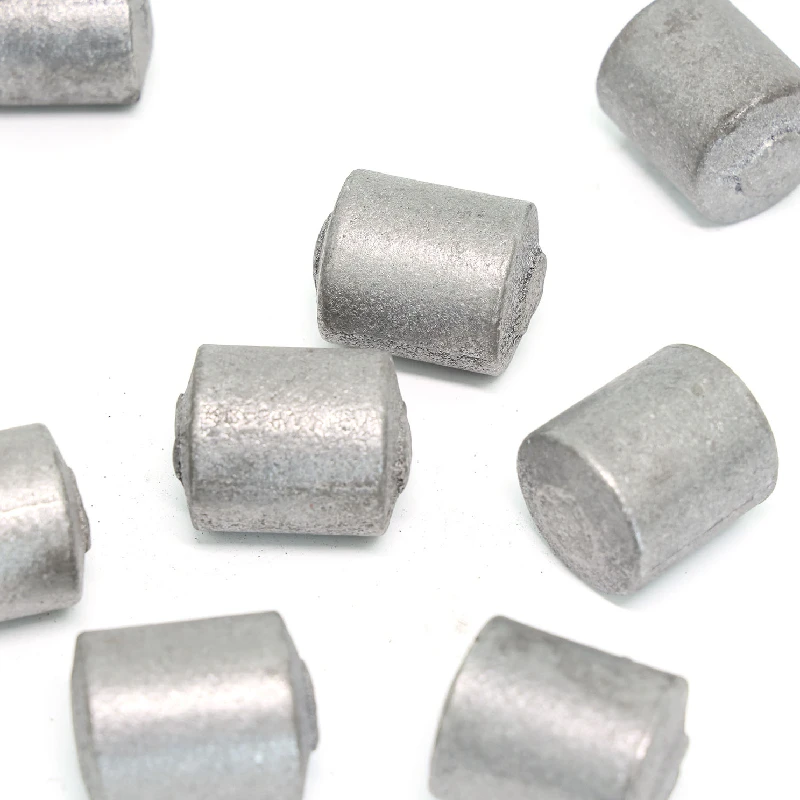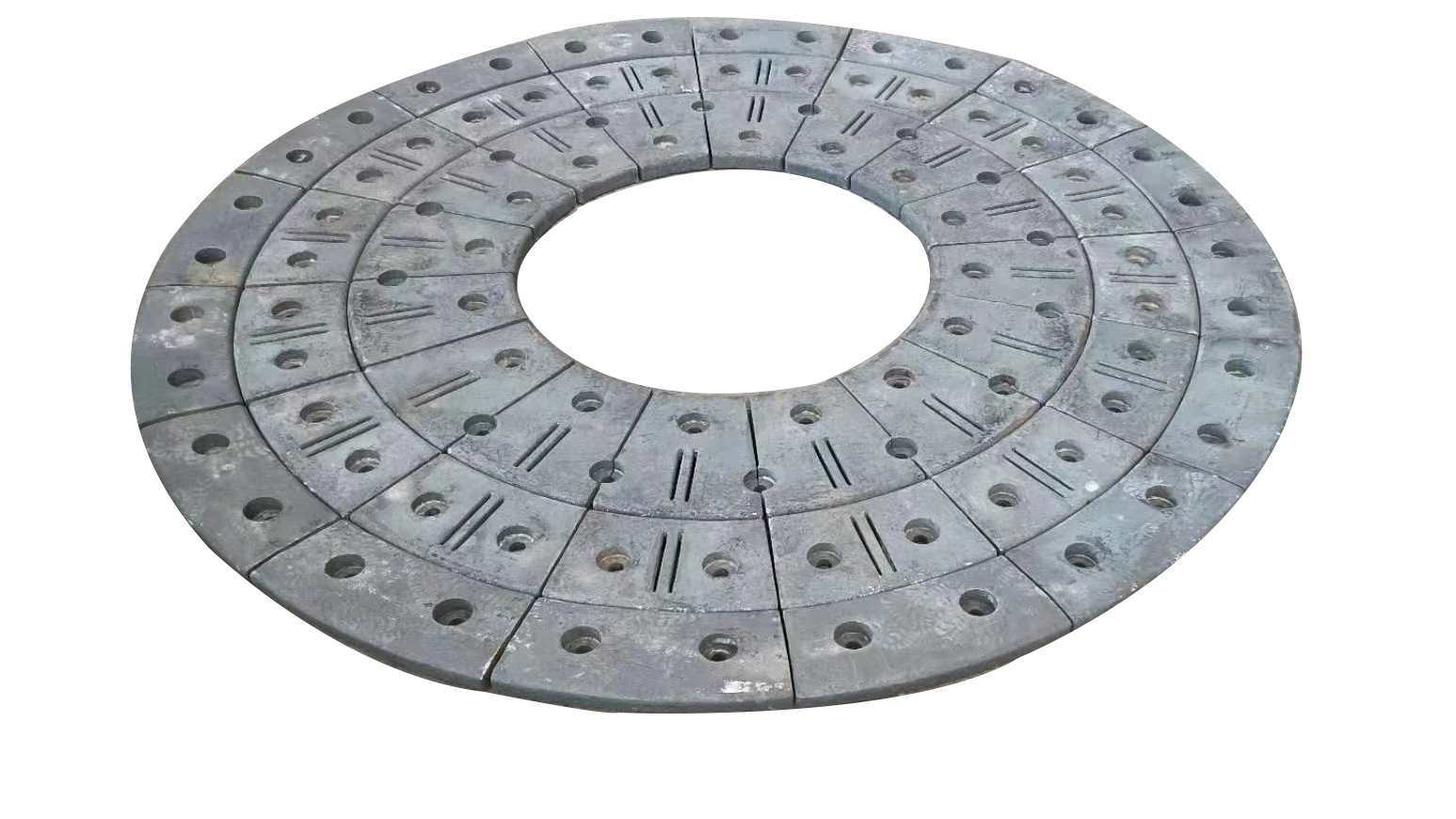Dec . 04, 2024 09:18 Back to list
конструкция футеровки мельницы
The Design and Construction of Mill Liners An Overview
Mill liners are crucial components in the operation of grinding mills, playing a vital role in the efficiency and effectiveness of the milling process. These liners serve multiple functions, including protecting the mill shell from wear and tear, enhancing the grinding process, and influencing the flow of materials within the mill. Understanding the design and construction of mill liners is essential for optimizing mill performance and extending the lifespan of the machinery.
Types of Mill Liners
Mill liners come in various types, each designed to meet specific operational requirements. The most common materials used for liners include rubber, metal, and composite materials. Rubber liners are popular for their noise reduction properties and flexibility, making them suitable for various applications, especially in smaller mills. On the other hand, metal liners, typically made from high manganese steel or chrome molybdenum, are preferred for larger mills due to their durability and resistance to abrasion.
Composite liners combine the advantages of both rubber and metal, offering improved wear resistance and lighter weight. The choice of liner material significantly affects the overall performance of the mill, making it important for operators to select the appropriate type based on the nature of the materials being processed and the operating conditions of the mill.
.
The design of mill liners involves several critical factors that influence their performance. One of the primary considerations is the liner profile, which can vary in height, shape, and surface texture. The liner's profile affects the motion of the grinding media and the material being processed, influencing the grinding efficiency and energy consumption. A well-designed liner will facilitate optimal grinding performance while minimizing wear on both the liner and the mill shell.
конструкция футеровки мельницы
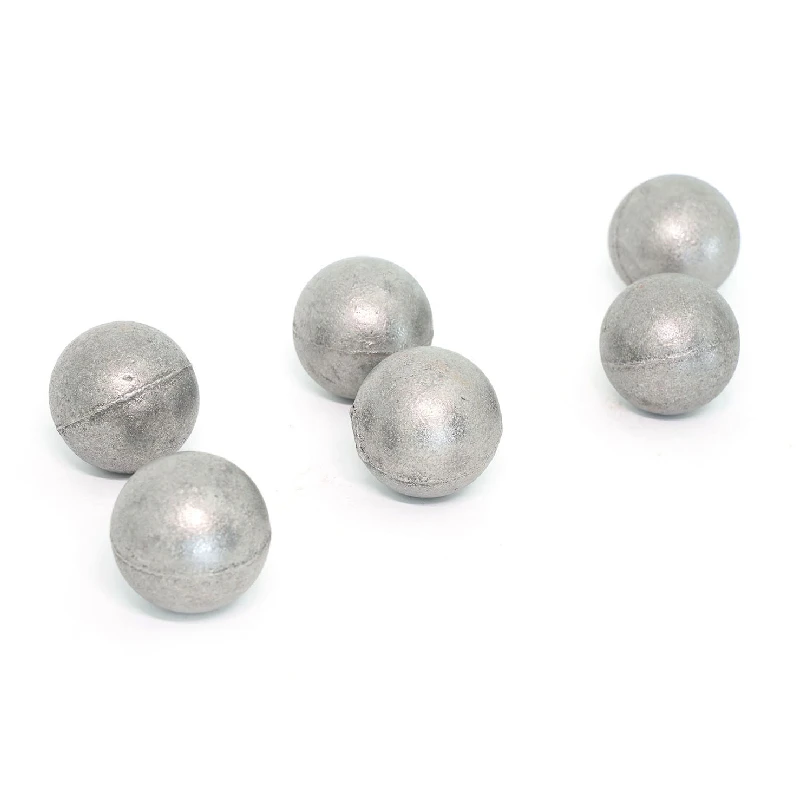
Another important factor is the liner thickness, which must balance the need for wear resistance against the overall weight of the liners. Thicker liners may provide better wear resistance but can also increase the mill's operational cost due to higher energy consumption and potential imbalance.
Installation and Maintenance
Once the liners have been designed and fabricated, proper installation is crucial for their performance. Mill operators must ensure that the liners are fitted correctly to prevent gaps and misalignment that could lead to increased wear or operational inefficiencies. Regular maintenance is also essential, as worn liners can significantly impact the performance of the mill. Operators should monitor the condition of the liners and replace them as necessary to maintain optimal milling conditions.
Performance Optimization
The optimization of mill liner design and construction can lead to significant improvements in milling efficiency. By evaluating the specific requirements of each milling operation, manufacturers can develop customized liner solutions that maximize wear life and enhance grinding performance. Additionally, the use of advanced simulation tools and modeling techniques allows for better prediction of liner behavior under various operating conditions, leading to more effective designs.
In conclusion, the construction and design of mill liners are fundamental components in the operation of grinding mills. By selecting the appropriate materials, optimizing liner profiles, and implementing effective maintenance practices, operators can enhance mill performance, reduce operational costs, and extend the life of their equipment. The continuous evolution of liner technology will undoubtedly lead to further advancements in milling efficiency and productivity in the future.
-
Ultimate Chrome Grinding Ball Solution
NewsAug.12,2025
-
Superior Wear Resistance High Chrome Grinding Ball
NewsAug.12,2025
-
Premium Grinding Cylpebs for Industrial Efficiency
NewsAug.12,2025
-
Industrial Grinding Excellence with Grinding Cylpebs
NewsAug.12,2025
-
Durable Lining Plate Solutions for Industrial Use
NewsAug.12,2025
-
Chrome Grinding Ball Powering Industrial Reliability Daily
NewsAug.12,2025
Realted Products

